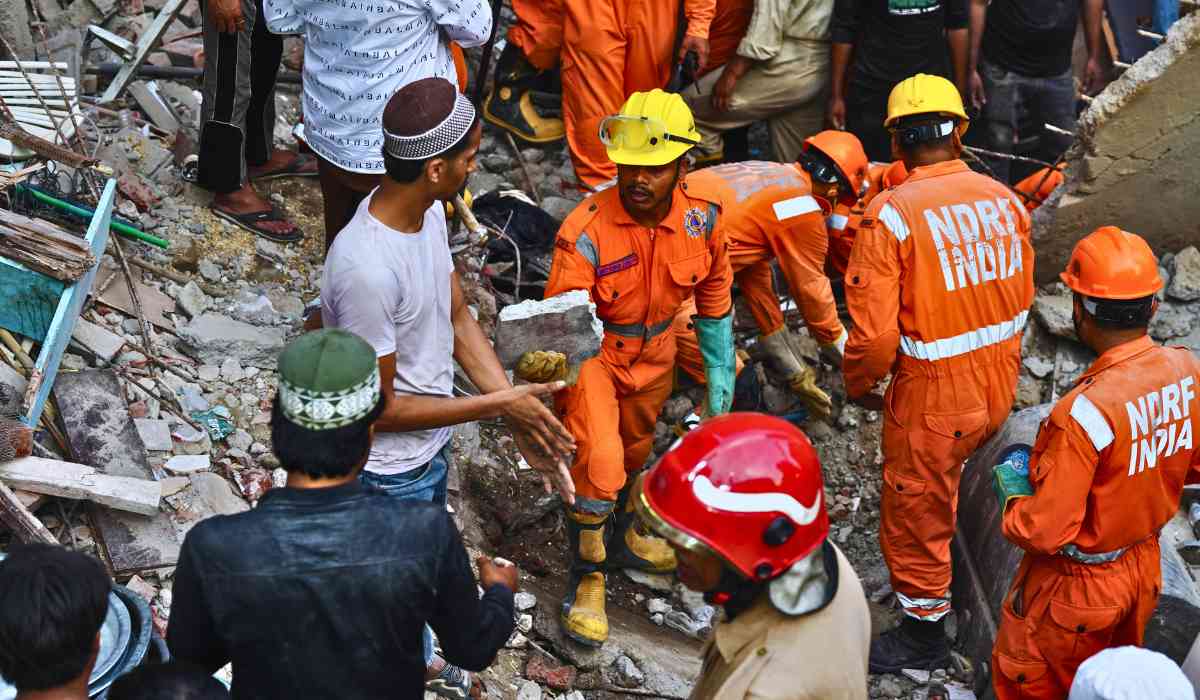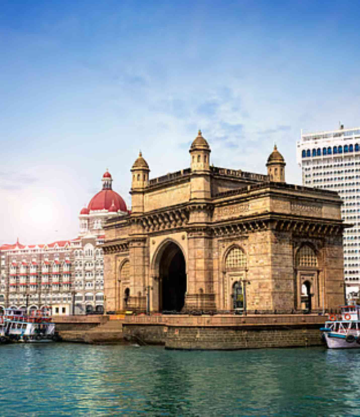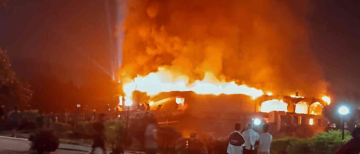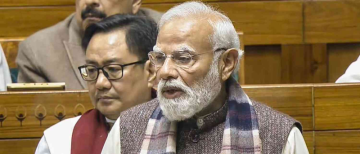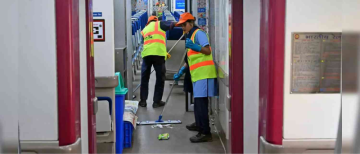A devastating rainstorm struck Delhi early Friday morning, leading to a heartbreaking incident in Najafgarh where a house collapse claimed the lives of four family members. Among the victims were 26-year-old Jyoti and her three children, whose deaths have highlighted critical infrastructure vulnerabilities in India’s capital. The tragedy unfolded around 5:25 a.m. in Kharkari Nahar village after heavy rains and strong winds caused a tree to fall onto the structure, crushing the family inside.
What Happened?
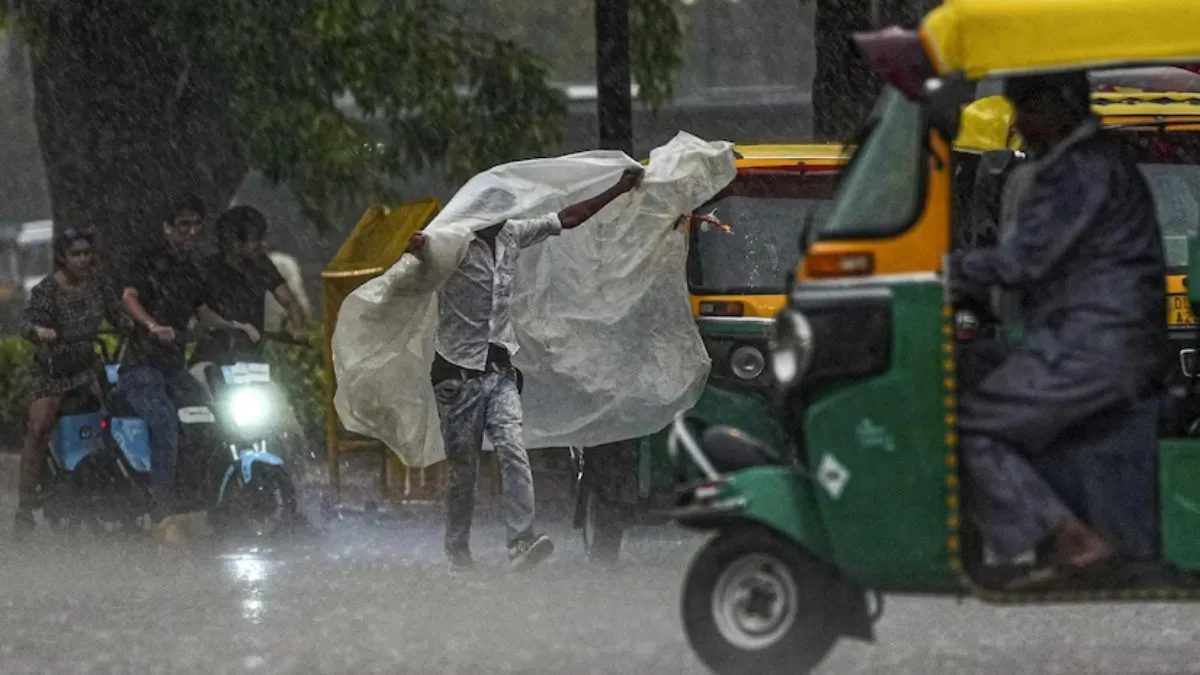
The Delhi Fire Services received an emergency call and rushed multiple teams to the scene. Rescuers pulled Jyoti, her children, and her husband Ajay (who survived with minor injuries) from the rubble, but the four victims were declared dead at RTR Hospital. The house, located in an agricultural field, lacked structural reinforcement, making it susceptible to collapse during extreme weather.
Widespread Chaos Across Delhi
The storm caused severe disruptions:
-
Transportation: Waterlogging at Minto Bridge underpasses paralyzed traffic, while over 100 flights were delayed and 40 diverted at Delhi Airport due to thunderstorms.
-
Infrastructure Damage: Uprooted trees blocked major roads like Major Somnath Marg in RK Puram, and power lines snapped in multiple areas.
-
Weather Alerts: The IMD initially issued a yellow alert but later upgraded it to a red alert, warning of more thunderstorms and gusty winds.
Why Does This Keep Happening?
Delhi’s recurring monsoon crises stem from systemic issues:
-
Poor Drainage: CM Rekha Gupta admitted that clogged or nonexistent drains worsened flooding, calling for immediate repairs.
-
Unregulated Construction: Weak structures in informal settlements or agricultural fields often lack safety standards, putting residents at risk.
-
Climate Pressures: Unseasonal heavy rainfall, possibly linked to climate change, is testing the city’s outdated infrastructure.
What Can Be Done?

Experts suggest urgent measures:
-
Upgrade Drainage Systems: Prioritize cleaning and expanding stormwater drains to prevent waterlogging.
-
Enforce Building Codes: Ensure housing in vulnerable zones meets safety standards to withstand extreme weather.
-
Public Awareness: Educate residents about avoiding flood-prone areas and sheltering safely during storms.
A Call for Action
While the Delhi government has vowed to address waterlogging, the Najafgarh tragedy underscores how delays in infrastructure upgrades can cost lives. As climate-related disasters intensify, proactive planning-not reactive fixes-will be key to preventing future tragedies.
The Human Cost
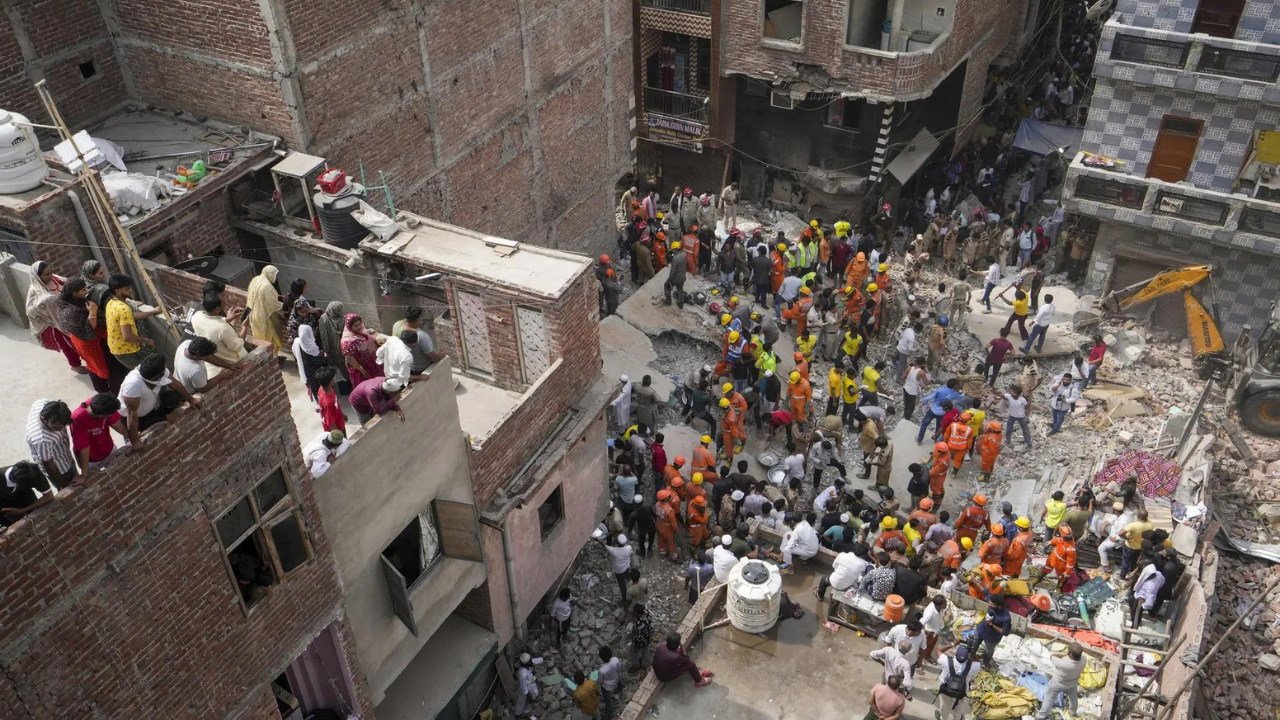
Behind the statistics are grieving families like Ajay’s, who lost everything in minutes. Their story is a stark reminder that cities must prioritize resilience to protect their most vulnerable residents.
Final Thoughts
Delhi’s rainstorm exposes a harsh truth: urban growth must balance development with safety. Without urgent reforms, natural disasters will keep turning into human catastrophes.
With inputs from agencies
Image Source: Multiple agencies
© Copyright 2025. All Rights Reserved Powered by Vygr Media.

